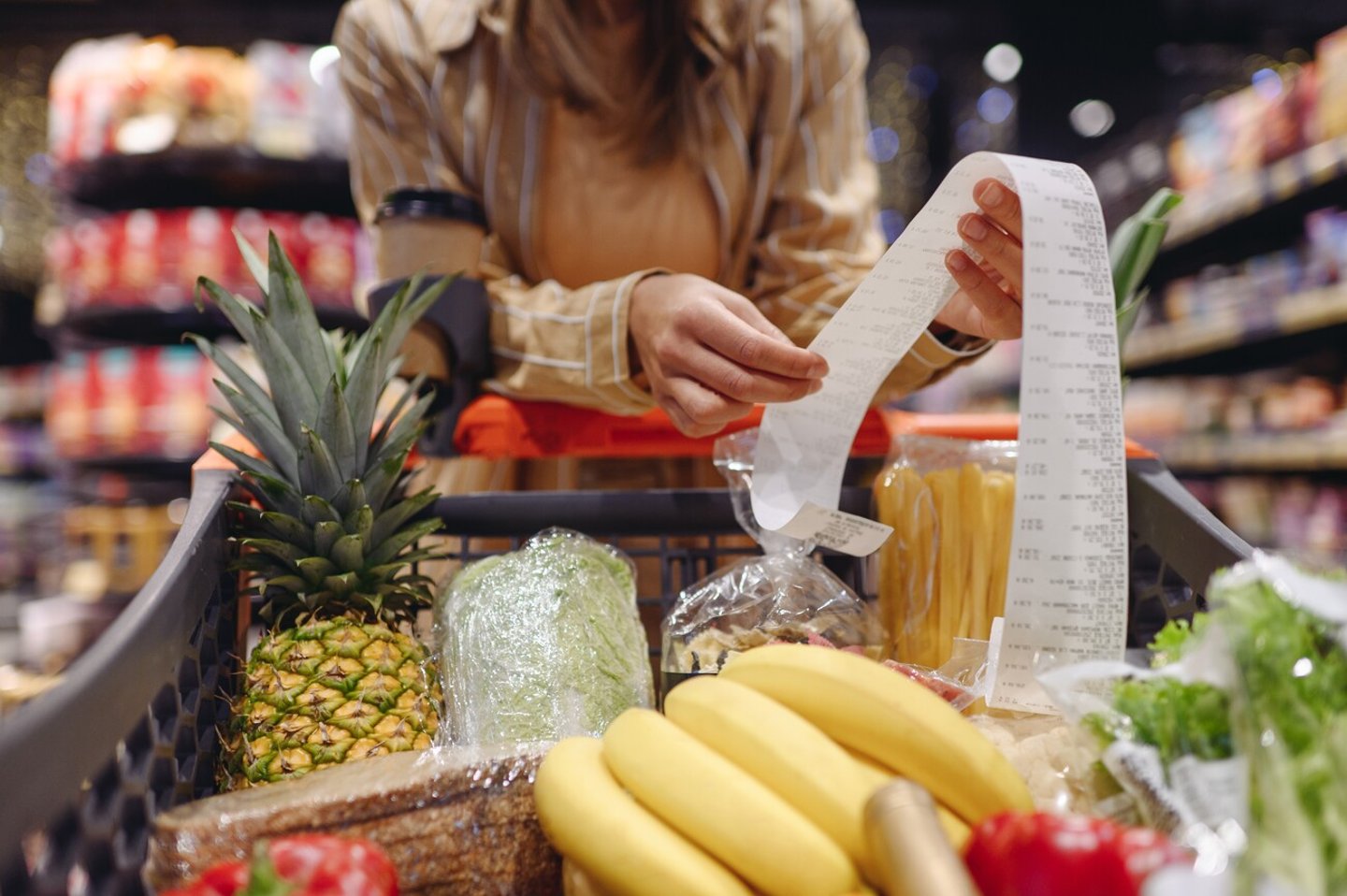Is Canada's Food Price Report actually accurate? Most of the time
The 15th annual Food Price Report, set to be released December 5 by four leading Canadian universities—Dalhousie University, the University of Guelph, the University of Saskatchewan, and the University of British Columbia—remains a key reference for anticipating food price trends in Canada. Produced by a team of approximately 30 researchers, the report is expected to provide detailed projections for the coming year. When the forecast is released this week, Canadians will have a very good idea of what’s in store for 2025, based on the report's historical track record over the last decade.
While the report complements other economic forecasting tools, such as those from banks, consultancy firms, and government agencies, it stands out for its unique commitment to annually evaluating the accuracy of its own predictions. This self-assessment reinforces transparency and enhances the credibility of the researchers' modeling efforts.
Forecasts and realities: A decade of evaluation
Accurately forecasting food prices over a 12-month period is a formidable challenge, especially in a volatile domain influenced by numerous external factors, including energy price fluctuations, climate conditions, and geopolitical disruptions. Here's a summary of the report's historical performance over the past decade:
Over this period, most forecasts were accurate, with two notable exceptions in 2017 and 2022. These outliers highlight the inherent challenges of forecasting: in 2017, a strong Canadian dollar, abundant global harvests, and heightened retail competition led to an unexpected price drop. In 2022, the invasion of Ukraine caused systemic disruptions to global food markets, pushing inflation far beyond initial estimates.
READ: Food prices forecast to rise up to 4.5% in 2024, report says
Methodological improvements and innovations
Each year, forecasting models are refined through the integration of new data and innovative methodologies. The projections rely on well-established techniques, including ARIMA and Vector Autoregressive (VAR) models. Last year, advanced tools like TimeGPT and Chronos, powered by artificial intelligence and designed for time-series analysis, were incorporated. This continual innovation reflects a commitment to adopting the best scientific practices to produce reliable forecasts that benefit consumers, governments, and businesses alike.
Learning from mistakes to better predict the future
Inter-university collaboration remains central to this project, fostering enriching partnerships and continuous improvement. The ultimate goal is not merely precision but also deriving lessons from past results to constantly refine the models. Scientific humility and a collective learning mindset enable researchers to better understand the complex dynamics of food markets.
While forecasts are invaluable for guiding strategic decisions, their accuracy depends on a delicate balance between methodological rigor and adaptability to unforeseen events. The annual Food Price Report exemplifies this effort with humility and ambition, acknowledging that perfection in economic forecasting remains an ideal.







